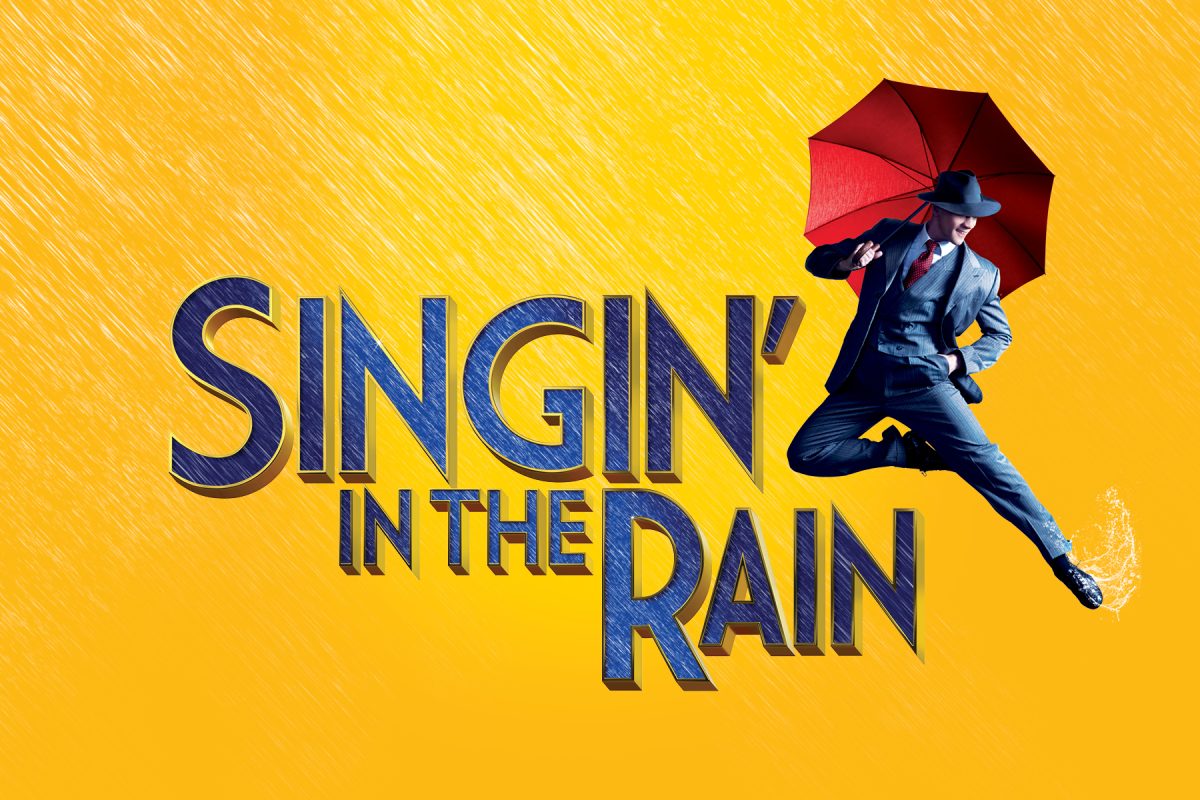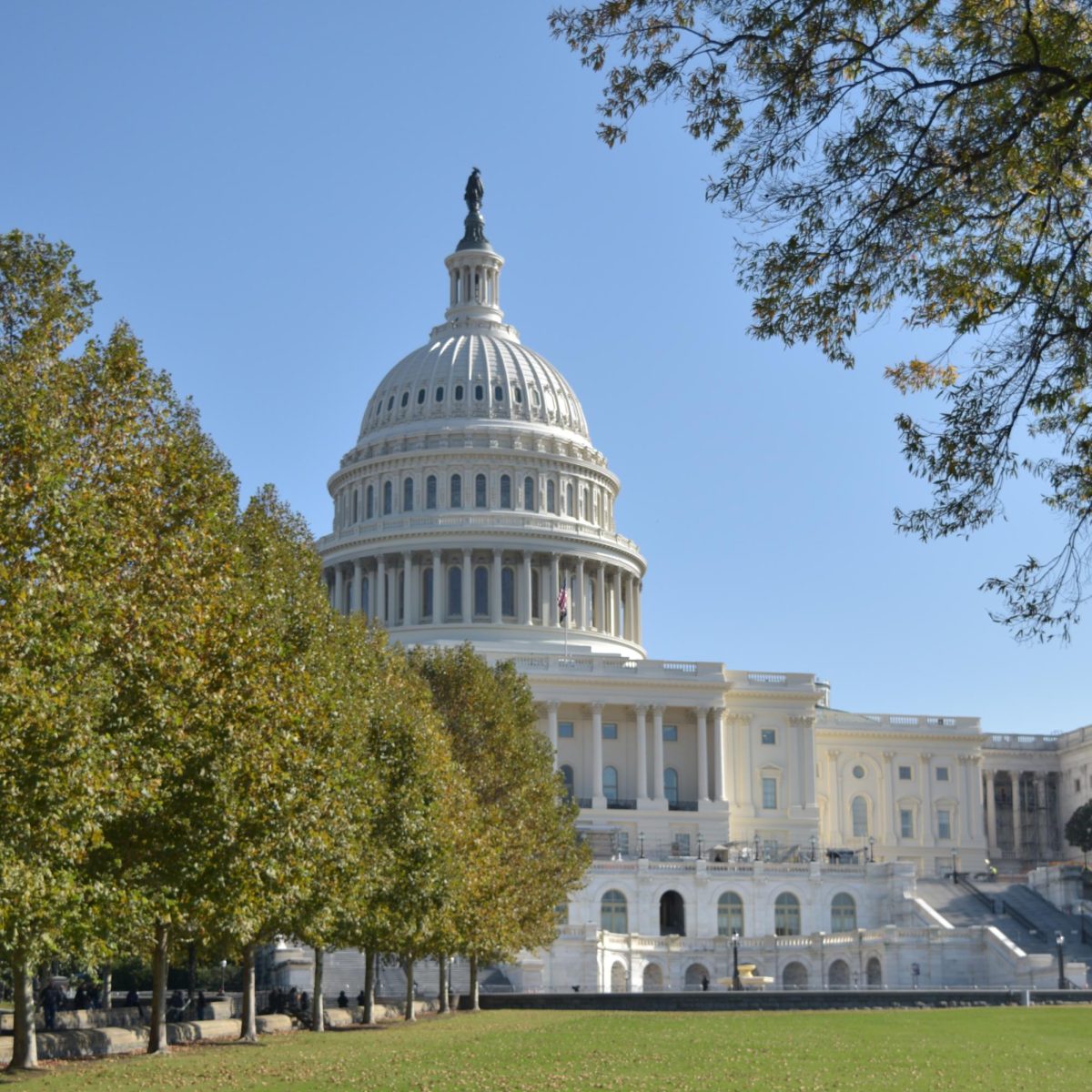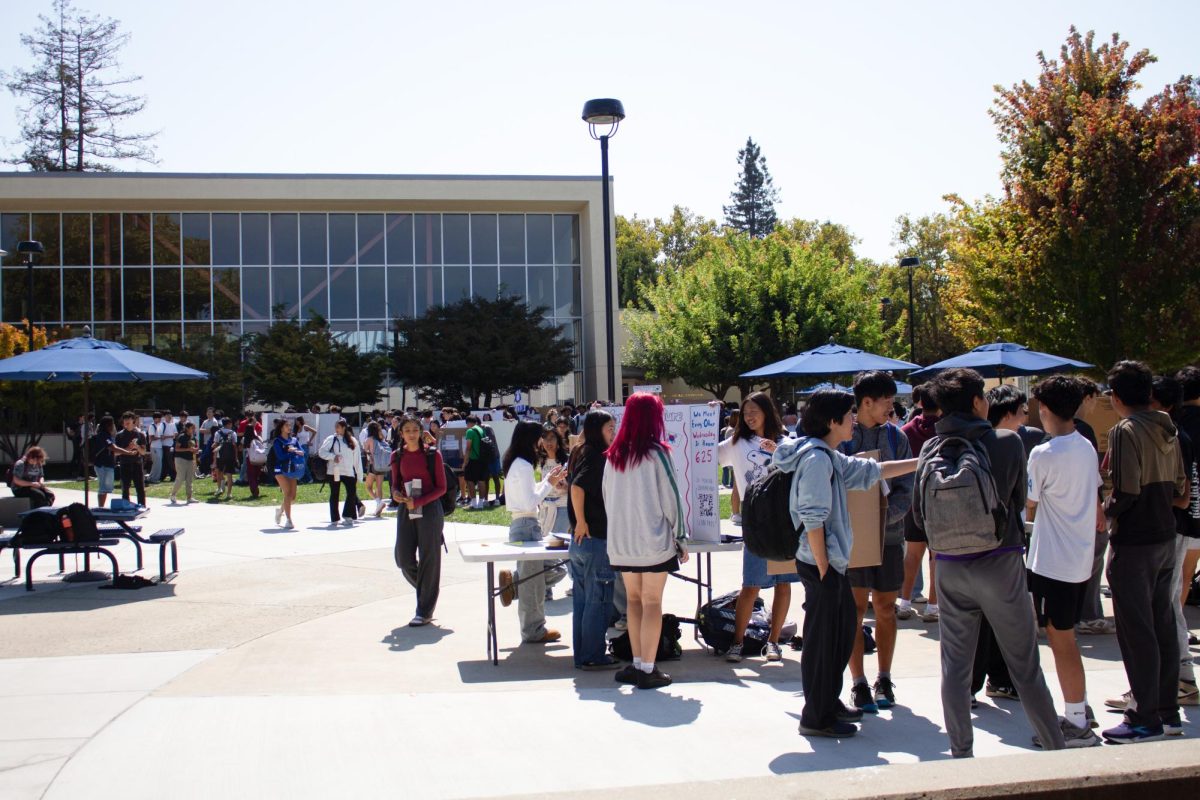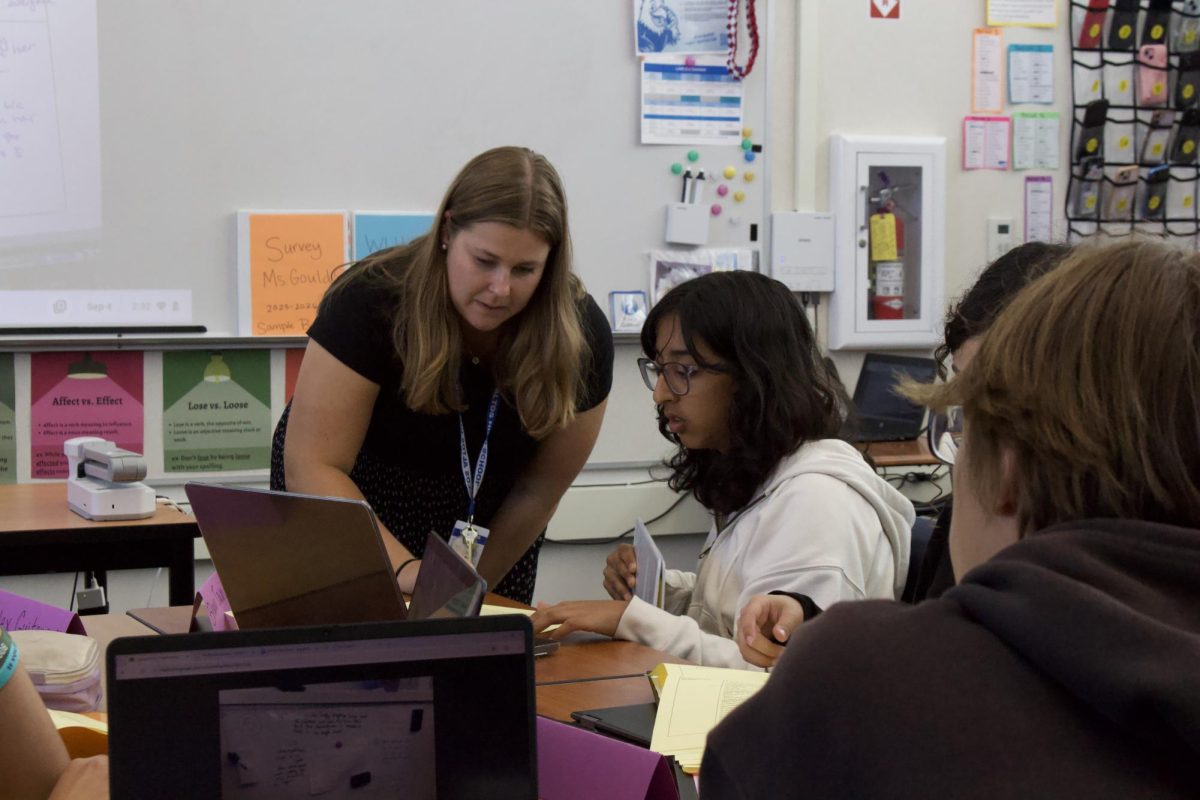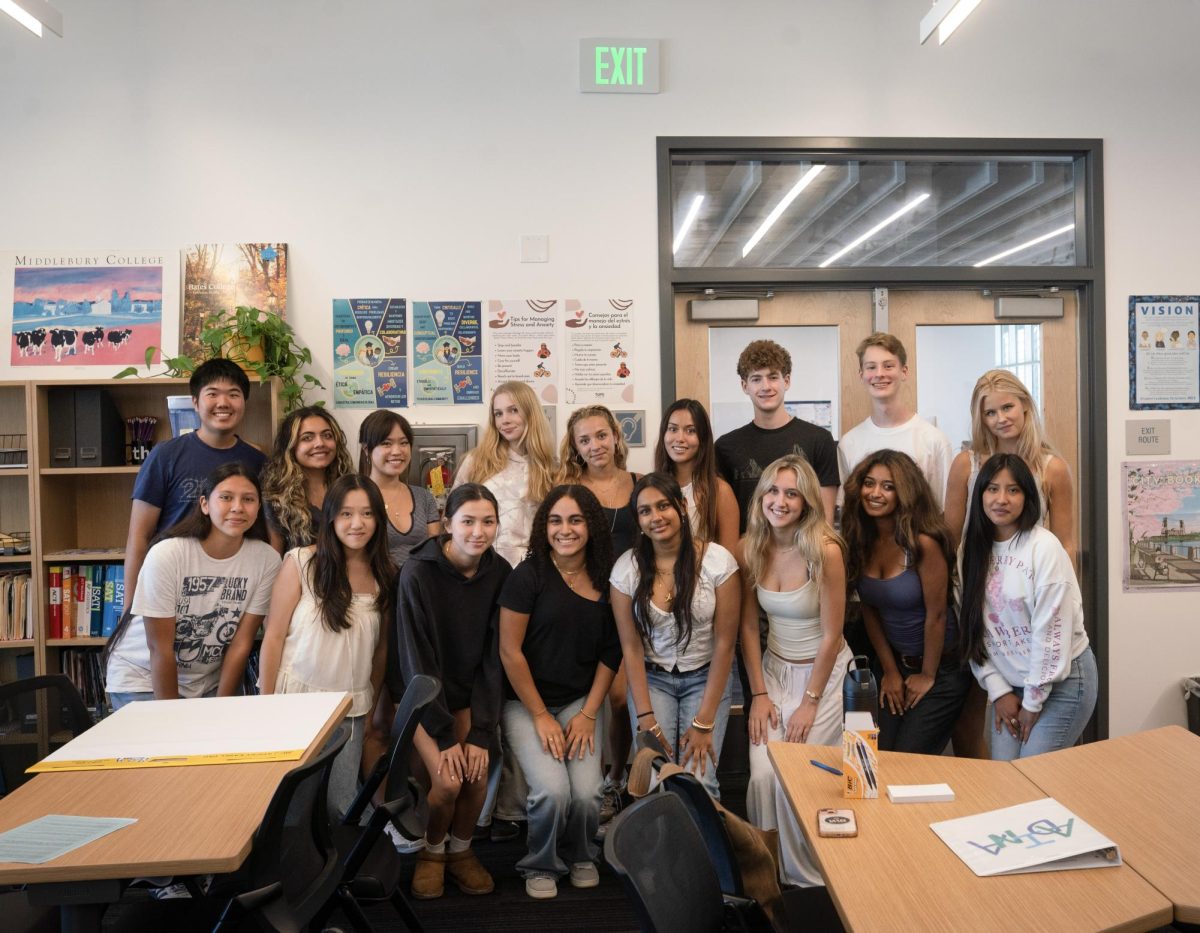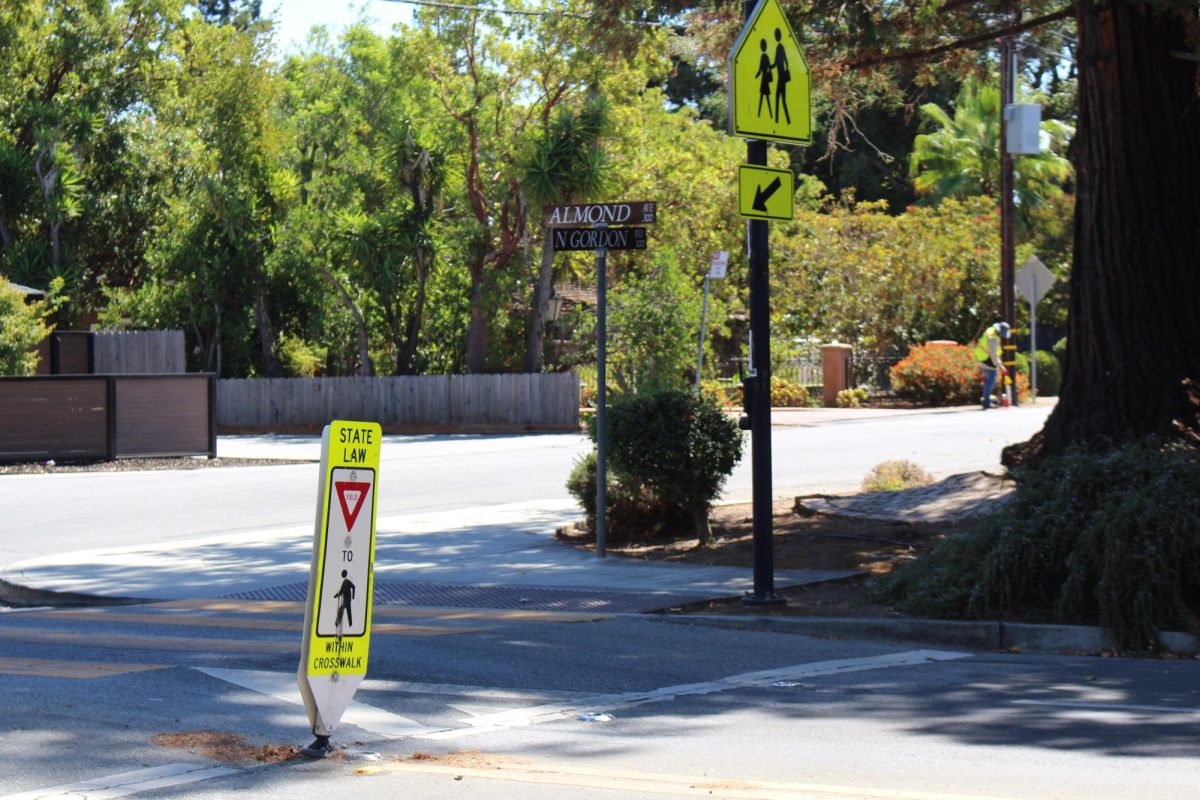During fourth period on Monday, February 9, Stanford University Student Health Center Counseling and Psychological Services (CAPS) psychologist and Weiland Health Initiative director Dr. Inge Hansen presented on California’s contribution to the advancement of Lesbian Gay Bisexual Transgender Queer (LGBTQ) civil and healthcare rights. The presentation was part of the school’s third annual History Week, a week during which speakers with qualified backgrounds relating to history present in the Eagle Theater during the day.
Hansen began with a timeline starting one hundred years ago, when the idea of homosexuality was first considered as even possible. From there, people began to recognize the existence of bisexuality and eventually developed the idea that sexuality is actually more of a spectrum.
In [1966], multiple riots occurred,” Hansen said. “Transgender customers would come walking into San Francisco cafeterias and after negative responses, a riot would ensue. In response, activists founded a National Transgender Counseling Unit, which was the first peer-run support and advocacy organization in the world.”
Despite this acknowledgement, any sexuality other than heterosexuality was still widely shunned. The concept of homosexuality was stigmatized not only socially, but scientifically as well, as seen when the American Psychiatric Association (APA) listed homosexuality as a sociopathic personality disturbance in 1952 despite the lack of evidence to support the claim.
“Same-sex attraction was considered a mental illness, so people who were labeled as homosexual were considered ‘unstable’ and ‘a security risk to the nation,’ so they started being banned from government jobs,” Hansen said.
However, supporters of LGBTQ rights did not sit by idly. Multiple riots took place, leading up to a landmark event in the timeline of LGBTQ rights: the Stonewall riots.
In the 1960s, bars were one of the few places for queer people to gather. However, gay bars were illegal and rare; they were usually owned by the mafia, who would pay off the police to allow the bars stay in business. Still, police regularly raided the bars to humiliate and intimidate the customers as part of the anti-homosexual attitude of the time. They lined up the customers against the wall and demanded their identification (ID). The raids were often violent, with the police beating and sexually assaulting customers.
In New York City, the Stonewall Inn was the only gay bar where dancing was allowed and as a result was very popular. On June 28, 1963, a raid took place late at night, but it did not go as planned. People at the bar refused to give their IDs, and the police became violent. An unruly crowd of residents began to gather.
Amidst the growing crowd, a woman was hit on the head with a billy club; she turned to the crowd and said, “Why don’t you guys do something?” From there, the Stonewall riots ensued. Outnumbered by several hundred people, the police were openly mocked by members of the crowd while civilians threw bottles and rocks. The riots lasted two nights, and multiple people were arrested as a result.
“To give you a sense of the impact of Stonewall, at the time Stonewall happened, there were maybe fifty or sixty gay groups within all of the [United States],” Hansen said. “A year later, after Stonewall, there were at least fifteen hundred. Stonewall did not change a particular law or rule, it was more about people feeling like they had the option to fight back and that was something they were entitled to do. That inspired people in a snowball effect.”
Following the Stonewall riots, positive developments for the gay community began. In 1973, the APA removed homosexuality from its list of mental diseases, and in 1980, the Democratic Rules Committee said it would not discriminate against sexual minorities. In 1993, the US applied a “don’t ask, don’t tell” policy to the military so it could no longer ask applicants about sexual orientation. Later, in 2010, it was changed to total acceptance, even if sexual orientation was known
In the twenty-first century, same-sex marriage is legal in most states, and there is a significant increase in acceptance of LGBTQ people and their legal rights. However, equal health care benefits are still a roadblock for many LGBTQ people. According to Hansen, 56% of people who identify as lesbian, gay or bisexual reported to having been discriminated by or mistreated by healthcare officials to a study.
Hansen concluded her presentation by explaining the organization she directs, the Weiland Health Initiative. The organization promotes mental health and wellness across all genders and sexualities by attempting to make healthcare more accessible for all. By providing training for therapists and other healthcare providers on how to treat patients who identify with the sexual minority, the Weiland Health Initiative hopes to promote healthcare equality for the members of the LGBTQ community.



